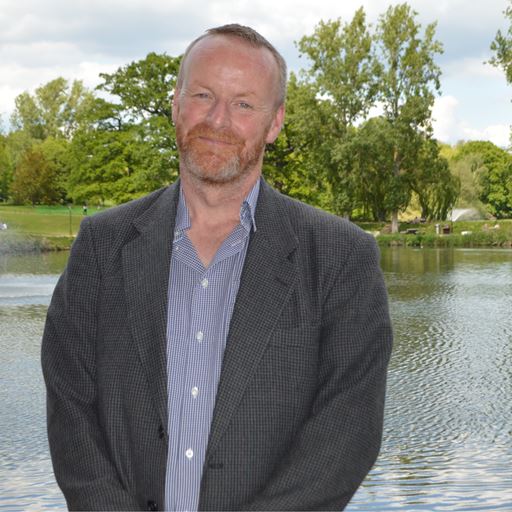Eastern ARC (EARC) brings together three dynamic universities that were born in a time of optimism and change, when old conventions were being questioned and traditions being challenged. All three aimed to be different, to work across disciplinary boundaries, to offer alternative ways of thinking.
Initial Structure
Eastern ARC was established around three broad themes:
- Digital humanities
- Quantitative social sciences
- Synthetic biology
Within each of these there was a theme lead, a fellow, and two PhD students (three in synthetic biology) at each university. This provided a structure for the fledgling consortium, and it bore fruit.
Success
Eastern ARC has attracted significant funding, including Enabling Innovation: Research to
Application (£4.7million), an award from the Cultural Development Fund (£4.3million), and the ESRC Business and Local Government Data Research Centre (£6million). As well as these, the individual fellows secured £1.5million in grants.
Elsewhere the consortium was the focus of workshops, sandpits and enterprise development events. It was the platform from where 21 PhD students graduated, and it was the avenue through which academics collaborated on joint publications.
The Future
I'm excited to be taking the helm at a pivotal moment in the development of EARC. For me, it has such potential to grow from its strong roots.
I've got some ideas, but before doing anything I want to listen, to learn and to understand.
I want to find out what works and what doesn't, what our strengths and weaknesses are, our natural synergies and where we can benefit from each other.
I want to open up the EARC beyond the three themes and build a flexible, agile and robust network of connections and collaborations that would bring together the best of what each university has to offer. It should be a partnership that benefits our own work and informs the work of others, and is ready to make the most of opportunities for external funding, impact and engagement.
Everyone who been involved in and supported EARC in its first five years should be proud of what it has achieves, as without them, it wouldn't have been possible. Here's to the next five - and the next 50.

.jpg?mh=500&mw=500&hash=6568B6C9CCF5290A596BEF6678B6AD0E)




